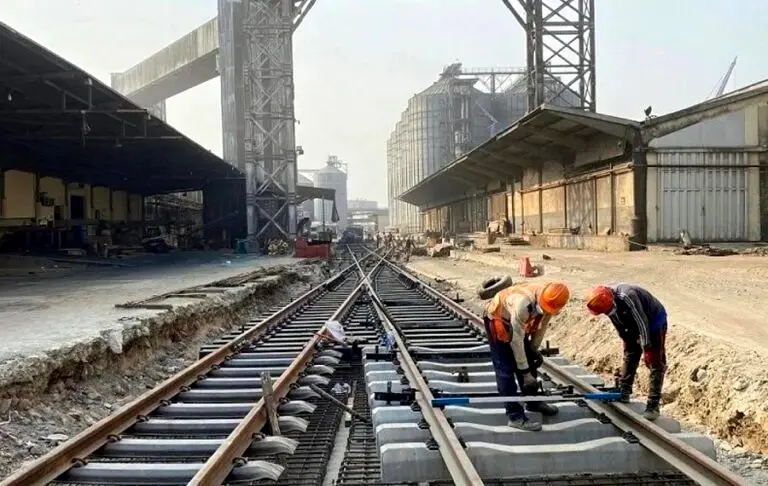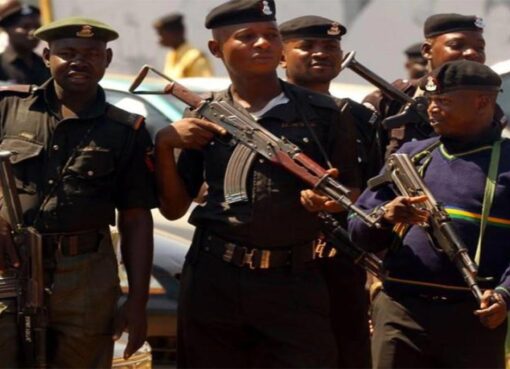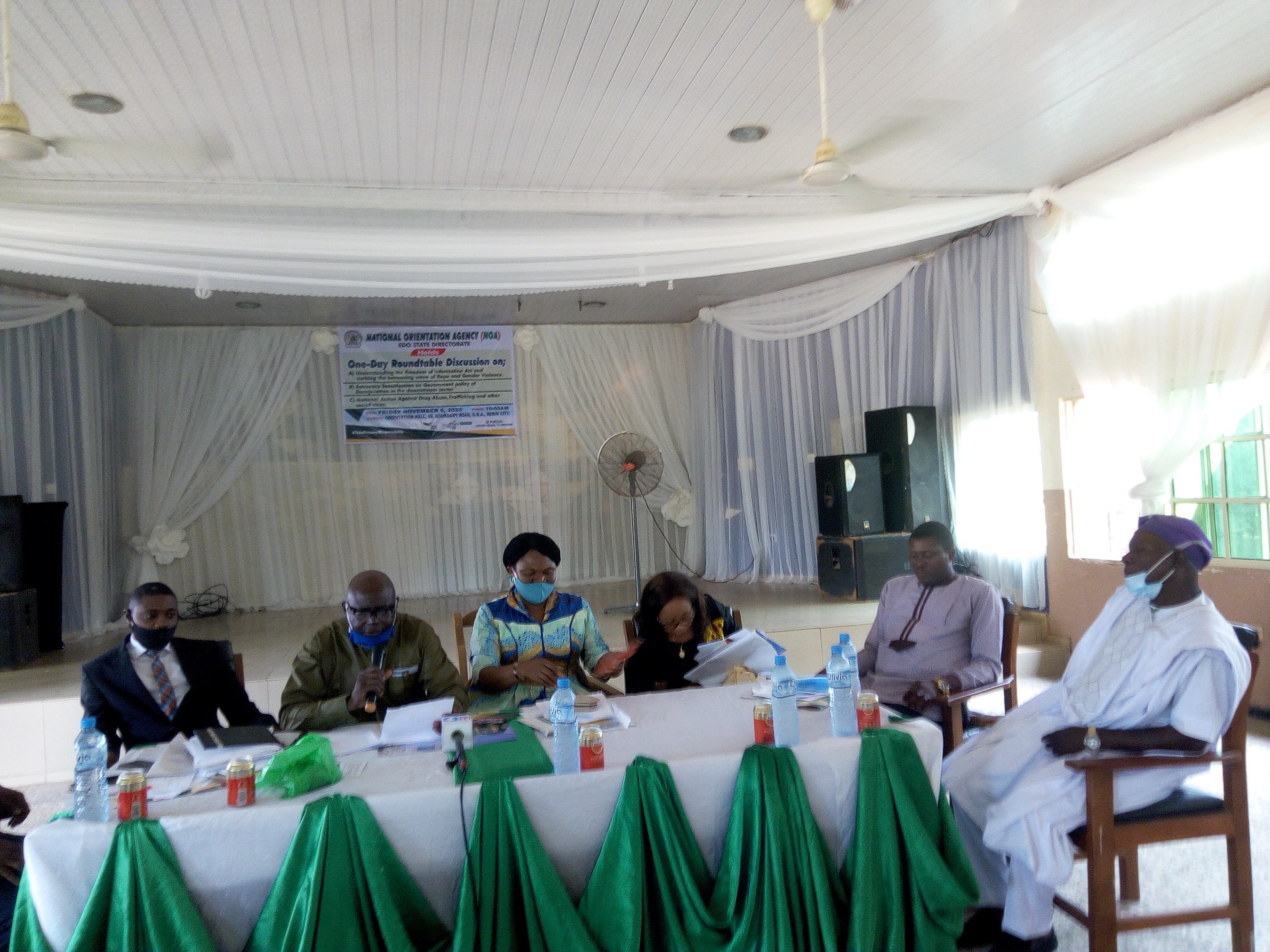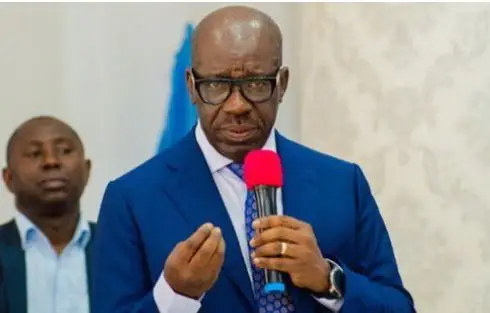Despite the achievement of the President Muhammadu Buhari-led administration in reviving rail transport in parts of the country, the huge cost of the projects amid safety threats have continued to dot the tracks, and worsened Nigeria’s already huge debt burden. Stakeholders bemoan the flawed funding mechanism that also foreclosed the role of the private sector, and outright reform of the Nigerian Railway Corporation.
Revival of rail lines is one of the several promises of President Muhammadu Buhari pre-2015 general elections. And across the regions have been some flashes of improvement on rail tracks that had been abandoned for decades.
Most symbolic has been the completion and operation of the 168-kilometre Abuja-Kaduna rail line, the 157-kilometre Lagos-Ibadan stretch, the Warri–Ajaokuta rail line of 327 kilometres, and completion of the 44.7-kilometre Abuja metro line, among others that are still in the works.
However, the cost of reconstruction and details of the loan facilities have been the albatross, especially made worse by the security challenges that have made the critical infrastructure an easy target of insurgents. The threats have rendered the projects grossly underutilised, commercially unviable, and of major concerns for sustainability.
Promise made, promise kept
There is no doubt President Muhammadu Buhari’s administration has done fairly well on rail development in the country in the past eight years as it has pulled its weight in the railway modernisation programme, completing abandoned projects and resuscitating old rail lines, while initiating new ones.
While the railway modernisation programme was spearheaded by the Obasanjo administration in 2002 when it rolled out a 25-year plan to modernise and expand the aging railway network, the administration, however, did not lay a single new kilometre of standard gauge rail. All it did was lay out the vision and awarded some contracts toward the end of its tenure. But no work was done in the life of the administration.
The Umaru Yar’Adua/Goodluck Jonathan administrations started full implementation of the programme, kicking-off construction work on the Abuja Light Rail (Abuja Metro) in 2010, and on the Abuja-Kaduna Standard Gauge Rail Line in 2011. Unfortunately, it was unable to complete either before May 2015.
The Buhari-led administration, however, continued the programme and even started a new project, albeit with opaque loans. Today, the NRC operates a network of 3,505 kilometres (2,178 mi) of single-track lines 1,067 mm (3ft 6in) gauge, as well as 1,435 mm (4ft 8+12in) from Abuja to Kaduna.
While the Federal Government plans to construct double track lines under the modernisation scheme, NRC currently operates a 3,505-kilometre cape gauge network consisting of the following lines: Lagos-Agege-Ibadan-Ilorin-Minna-Kaduna-Zaria-Kano, 1,126 kilometres. Ifaw-Ilaro, 20 kilometres Minna-Baro, 155 kilometres Zaria-Kaura Namoda, 245 kilometres Kano-Nguru Kaduna-Kafanchan-Kuru-Bauchi-Maiduguri, and 885 kilometers Kuru-Jos.
Meanwhile, the Federal Government has since 2021 released funds for the Lagos-Calabar rail line along the Nigerian coast, but the construction work was deferred.
There are also plans for an extension from Ajaokuta to Abuja being handled by the Infrastructure Concessionnaire Office. This would give the line a length of 500 kilometres. Another planned line would run from Port Harcourt to Makurdi over a length of 463 kilometers, while the government funded the rehabilitation of the Port Harcourt-Maiduguri narrow gauge from allocation to the Ministry of Transportation.
But at what cost?
Apparently determined to rev the rail engines back to life, the Buhari administration has steadily put the money where its mouth is. A breakdown of the investment shows that $2.5 billion was invested in the construction of the Lagos-Ibadan standard gauge, Abuja-Kaduna rail line gulped $1.5 billion while the rehabilitation of the Warri-Itakpe standard gauge cost about $121million.
The Guardian learnt that the $4.12 billion cumulative expenditure is exclusive of the loan collected from China by the Federal Government for the purchase of the rolling stock, that is the locomotives and the coaches.
Thus far, the Federal Government has paid $1.42 billion in counterpart funding for different railway projects across the country This is just as the Debt Management Office put the entire loan obtained from the China Exim Bank as at Sept 30, 2021, at $2.28 billion.
A breakdown shows that $500 million was obtained for the Abuja Light rail project. Another $500 million was obtained for the Abuja-Kaduna railway, and $1.27 billion was for the Lagos- Ibadan standard gauge railway project.
Sources hinted that the government might be struggling to pay back the $110.31 billion loan obtained for 15 different railway projects from the China Exim Bank. Some of the projects have suffered commercial viability, among other things.
Some of the benefiting projects are the Nigerian Railway Modernisation Project (Lagos–Ibadan section), Nigeria Supply of Rolling Stocks and Depot Equipment for the Abuja Light Rail Project and the Abuja-Kaduna railway construction.
The figures being circulated as the indebtedness might not be true but stakeholders believe there is more to the China-Nigeria debt relationship many people do not know.
Chinese external relations thrive in secrecy. That applies to most of its dealings not only with Nigeria but also with other African countries. In many cases, citizens only get to know the full details of the debts when the bubble bursts.
The Federal Government in the last report provided on the DMO website has an outstanding of $423.08 million for the Abuja Light rail project, $346.15 million is outstanding from the Abuja-Kaduna railway and $1.042 billion is outstanding from the Lagos-Ibadan railway project.
A breakdown of the $1.42 billion counterpart funding shows that $324 million was paid for the Abuja light rail, delivered at $824 million. The government also funded the $2.5 billion Lagos-Ibadan with an extension to Apapa seaport to the tune of $200 million.
In addition, $376 million was released as a counterpart fund for the Abuja-Kaduna standard gauge railway, but at the cost of $876 million, while also coughing out $314 million for the $1.2 billion Kano-Kaduna railway. The government continues to seek more loans from China, Turkey and Portugal to finance the ongoing construction works, which are currently being financed from the budget allocation to the Ministry of Transportation.
Fresh albatross in debt servicing
Also, the government expended $200 million (N72 billion) for the reconstruction and rehabilitation of the Warri-Ajaokuta-Itakpe double-track railway. While it is not clear where the federal government is raising the counterpart funds from, given its scarce revenue currently, it is obvious it is struggling to service the loans advanced by the Chinese government.
In September 2021, the Debt Management Office (DMO), listed 15 projects being funded with Chinese loans, which a recent media report said Nigeria was defaulting in servicing the loans. The DMO has however debunked these claims but has failed to state the total debt the Nigerian government owes China for the railway modernisation project.
Nigeria’s debt to China has increased by a staggering 209 percent under the administration of President Muhammadu Buhari, according to data obtained from the Debt Management Office (DMO). As of December 2022, the country’s debt to China stood at $4.29 billion, up from $1.39 billion in June 2015, the DMO revealed.
The former Minister of Transportation, Rotimi Amaechi stated that the Buhari-led administration borrowed only $3.3 billion for the railway projects, while other projects were funded from the national budget.
The report put the China debt stock to include the principal and repayment charges, putting the principal fee from January 2021 to December 2022 at N69 billion ($153.85 million), while the interest charges amounted to N41.3 billion ($92.1 million).
DMO, according to the report, said the debts were incurred following the completion of the Nigeria Railway Modernisation Project (Idu-Kaduna Section), the Nigeria Railway Modernisation Project (Lagos-Ibadan Section) and the Nigeria Abuja Light Rail Project.
A breakdown of the data shows that in 2021, the Idu-Kaduna section’s principal fee was $38.46 million (N17.25 billion) while interest earmarked was $9.5 million (N4.26 billion). The Lagos-Ibadan section’s principal was not noted, although its interest stood at $ 24.07 million (N10.8 billion). During that same period, the Abuja Light Rail Project had its principal amount at $38.46 million (N17.25 billion), while the interest rate stood at $11.45 million (N5.14 billion).
As of 2022, the principal on the Idu-Kaduna Section was $38.46 million (N17.25 billion), while the interest fee was $8.52 million (N3.82 billion). The Lagos-Ibadan Section interest fee stood at $ 28.06 million (N12.59 billion) with the principal amount not indicated. The Abuja Light Rail Project’s principal was $38.46 million (N17.25 billion), with accumulated interest charges of $10.48 million (N4.70 billion).
Interestingly, the former minister of transportation, Amaechi had argued that the railway projects were viable enough and could, on their own, repay all the loans incurred in their construction. He went on to instruct the Nigeria Railway Corporation (NRC) to open an escrow account to ease the repayment of said loans.
Insecurity, vandalism threats
But current realities and sundry challenges have made the railway function sub-optimally; raising the fear of default in the loan repayment should Nigeria wait to source revenue from the services to repay the loans.
Stakeholders have attributed the government’s inability to pay back the loans to the fact that the railways are not functioning at maximum capacity as a result of challenges, ranging from insecurity, vandalism, poor monitoring, and ticket racketeering. This has led to a loss of revenues for the operator as its revenues have continued to fall since the insecurity incidents.
In January this year, 20 train passengers were kidnapped at the Tom Ikimi/Ekehen Station in Igueben, Edo State, when terrorists stormed the soft target.
Similarly, on March 28, 2022, a passenger train on the Abuja-Kaduna railway with over 400 persons on board derailed when a bomb exploded on the tracks. This led to the death of about nine persons, kidnapping of 62 passengers while many others sustained bullet wounds. Many of the victims, who spent eight months in the kidnappers’ den, and their loved ones, are yet to recover from the shock.
Following the incident, the Nigerian Railway Service (NRC) suspended service on the corridor, which impacted negatively on its revenue. Checks by The Guardian showed that the corporation lost about N6.6 billion in revenue due to the eight-month suspension of service on the corridor.
Findings also showed that the rate of vandalism of railway tracks across the country is appalling. Last year, the narrow gauge train service of Lagos-Kano derailed about two times due to vandalism of the tracks. Currently, service on the corridor is suspended.
The Railway Police Command arrested 13 suspected vandals in May and June 2022. Between July and August, the command further arrested no fewer than 15 suspects for crimes bordering on theft, vandalism of the NRC infrastructure.
Abuja Light Rail rots away
The Abuja Light rail is often seen as a lofty project. Whereas a part of the project was completed and open for use in 2018, the entire scheme has suffered neglect with little known about government’s plans for its resuscitation.
According to the design, the project is to cover a total distance of 290km (180 miles) and is meant to be developed in six phases. The contract was awarded at the cost of $824 million with 60 per cent to be funded with loans from the Exim Bank of China.
Experts have called on the Federal Capital Territory Administration (FCTA) and the federal government to declare a state of emergency on the metro rail and revive it to provide residents of FCT an alternative to road transport.
An economist, Boye Oyebanji, stressed that the project should not be abandoned at this point when the repayment of the loan has commenced in March 2020, saying it is a huge investment that should not be allowed to waste. He added that the National Assembly, as part of its oversight function over the FCT Administration, should probe the project.
“How come the loan has been fully accessed and repayment on it has commenced, but the project is yet to be completed? If government officials are found wanting and have diverted funds meant for the projects, they must be sanctioned and punished. It is totally unacceptable and morally wrong for the government to use taxpayers’ money to repay loans on a project they are not enjoying or may not enjoy soon. Government must be held accountable for projects,” he said.
In addition, at the commencement of the Abuja-Kaduna railway, it was generating N90 million monthly, which was going into the maintenance of the railway and tracks, locomotives and payment of salaries. However, following the introduction of electronic ticketing, revenue rose to N300 million monthly.
Unfortunately, the March 28, 2022, terrorist attack disrupted commercial service on that corridor. What was once the most preferred and trusted means of transport from Abuja- Kaduna now operate two trips to and fro Abuja-Kaduna, down from operating eight trips daily.
Experts demand review of funding, operational model
Meanwhile, experts have continued to fault FG’s funding strategy. Chief Executive Officer (CEO) of African Railway Round Table, Olawale Rasheed, while speaking with The Guardian, said the current administration did fairly well in the area of railway modernisation, from a populist perspective. He, however, faulted the programme from a technical point of view, saying its implementations fall short of best practices.
According to him, many experts believed the administration failed to address a major problem confronting the rail sector. The failure to reform NRC, the refusal to unbundle the Corporation and amend the 1958 NRC Act, he said, are serious setbacks.
He said the railway remains the only sector yet to be liberalised. NRC remains the operator and the regulator with all attendant inefficiencies. He added that most projects executed lacked depth, viability and sustainability.
Rasheed said Amaechi simply muscled his way through the implementation process, ignoring several expert counsels and breaching established procedures in project management.
“The administration also failed to harness the potency of the private sector in the sector, preferring a model of public financing of rail projects at a time of dwindling public revenue. The total reliance on loans for the rail projects was an error that will hunt the sector for some time to come,” he said.
Faulting the federal government borrowing strategy to fund the project, he stated that although the government has good intentions for the railway subsector, the approach to building the railway is not in line with best practices and is not sustainable.
According to him, the best approach is private sector involvement in the design, construction and operation of the railway. He added that railway operation “is a business and not a development project” and must be treated as such.
Olawale pointed out that Egypt, Tanzania and Senegal have some of the most developed railway systems in Africa, using electric trains and funded with private sector fund
“The Brazilian government invited its private sector to identify railway projects they want to invest in. Today, there are about 41 ongoing railway projects in the country. The same thing applies to Tanzania, where the government partnered with a financial institution to raise $1 billion from the private sector to construct railway,” he noted,
A former dean of the School of Transport and Logistics, Lagos State University (LASU), Prof Samuel Odewumi, also agreed that some progress has been made on the programme but noted some variables that must be dealt with if the country is to prevent a major crisis from the debts incurred.
Odewumi said the critical factors are adequate security to avoid intermittent shutdowns and dwindling patronage. Other factors mentioned are operational economics and management, technology support and local production of spare parts. He linked this to the objective of achieving a sustainable rail system.
THEGUARDIAN






